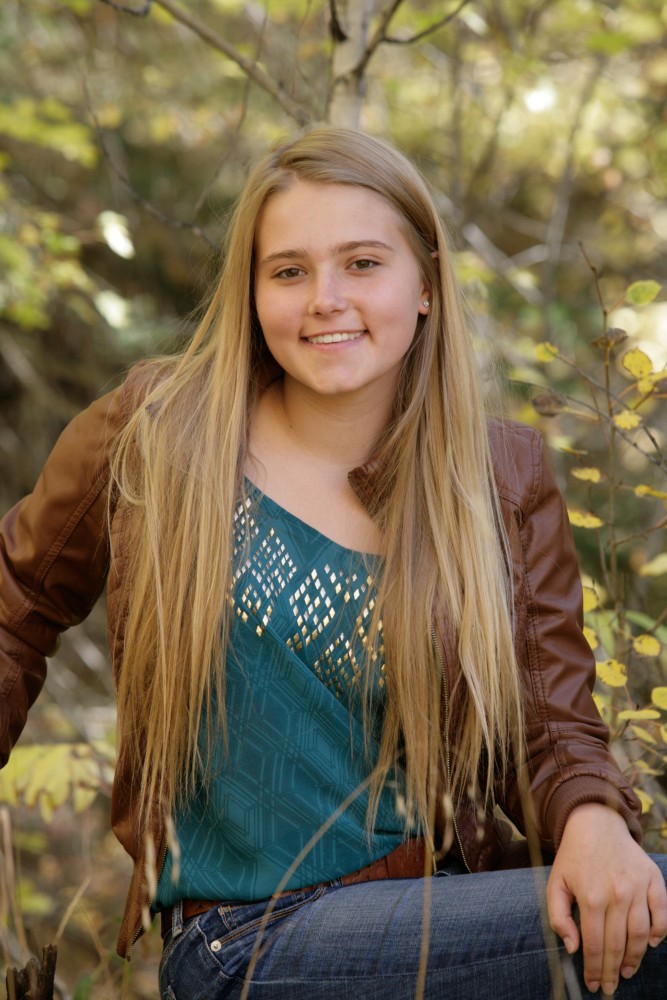But what in the those children which seem to be friendless and you will practice risky practices? Societal getting rejected is actually associated with the improved internalizing and you may externalizing habits, all of that is certainly dealing mechanisms that lead in order to high-risk decisions throughout puberty (Laursen, Bukowski, Aunola Nurmi, 2007). Much like the causal brand of deviant fellow organization and you may risky conclusion, it is sometimes complicated to determine if an individual’s antisocial qualities was because of fellow getting rejected or if which have this type of characteristics contributes to energetic cures because of the other people. Either way, refused kids could possibly get do risky behavior to own multiple reasons, and additionally a desire to gain detection out-of co-workers and attempting to expose a great nonconforming term (Peake, Dishion, Stormshak, Moore Pfeifer, 2013). Notably, qualities off declined people, just like their awareness so you’re able to fellow influence, make a difference to the potency of the relationship anywhere between public exception and you may next wedding inside the risky choices (Peake mais aussi al, 2013).
Public Getting rejected
For this reason, just like the books will bring resounding facts you to definitely co-worker significantly influence chance getting during adolescence, it is important to check out the multifaceted characteristics out of fellow relationships and to tease aside factors one to offer and you may prevent involvement when you look at the dangerous high-risk routines during this time. With this particular advice, school pros would be to strive to foster an atmosphere inside middle and you can large colleges you to definitely encourages self-confident peer  relationship strengthening developed upon a foundation of healthy passions. Eg, programs giving teens which have an exact image of the newest prevalence regarding deviant decisions around them otherwise provide tricks for building resistance to help you peer influence may help to lose risky choices that produce spoil and you may affect development into adulthood.
relationship strengthening developed upon a foundation of healthy passions. Eg, programs giving teens which have an exact image of the newest prevalence regarding deviant decisions around them otherwise provide tricks for building resistance to help you peer influence may help to lose risky choices that produce spoil and you may affect development into adulthood.
Recommendations
Allen, J.P., Porter, M.R., McFarland, F.C. (2006). Frontrunners and you may followers from inside the adolescent personal friendships: Sensitivity to help you fellow determine since the good predictor out of high-risk behavior, relationship instability, and anxiety. Advancement and you will Psychopathology, 18, 155-172.
Chein, J., Albert, D., O’Brien, L., Uckert, K., Steinberg, L. (2011). Colleagues improve teenage exposure providing by improving pastime about brain’s prize circuitry. Developmental Science, 14(2), F1-F10.
Ciairano, S., Rabaglietti, E., Roggero, Good., Bonino, S., Beyers, W. (2007). Habits away from teenage friendships, mental modifications, and you can antisocial behavior: Brand new moderating part of family be concerned and you will friendship reciprocity. In the world Log away from Behavioural Advancement, 31(6), 539-548.
Cillessen, Good., Jiang, X.L., Western, T., Laszkowski, D. (2005). Predictors out of dyadic friendship high quality in puberty. Around the world Journal off Behavioral Innovation, 29(2), 165-172.
Cohen, G.L., Prinstein, M.J. (2006). Fellow contagion of violence and you will health chance conclusion certainly one of adolescent people: An experimental studies from consequences on the societal perform and private attitudes. Kid Innovation, 77(4), 967-983.
Gardner, Meters., Steinberg, L. (2005). Peer influence on chance bringing, chance taste, and you may high-risk decision-making during the puberty and you can adulthood: A fresh data. Developmental Psychology ® , 41(4), 625-635.
Laursen, B., Bukowski, W.Meters., Aunola, K., Nurmi, J.-Elizabeth. (2007). Friendship moderates potential connections between societal isolation and variations troubles within the young ones. Man Advancement, 78(4), 1395-1404.
Monahan, K.C., Steinberg, L., Cauffman, Age. (2009). Association which have antisocial co-worker, sensitivity so you can fellow influence, and you can antisocial behavior in changeover to adulthood. Developmental Mindset, 45(6), 1520-1530.
Parker, J.Grams., Asher, S.Roentgen. (1993). Friendship and you will friendship quality inside center childhood: Website links with peer class desired and you may thinking off loneliness and you can social frustration. Developmental Mindset, 29(4), 611-621.
Peake, S.J., Dishion, T.J., Stormshak, Age.A beneficial., Moore, W.Elizabeth., Pfeifer, J.H. (2013). Risk-providing and social different inside the adolescence: Neural elements hidden fellow influences towards decision-and come up with. NeuroImage, 82, 23-34.
Prinstein, Meters.J., Wang, S.S. (2005). False consensus and adolescent peer contagion: Examining inaccuracies ranging from perceptions and you can real said degrees of friends’ deviant and you may fitness risk practices. Journal out-of Unpredictable Kid Psychology, 33(3), 293-306.
